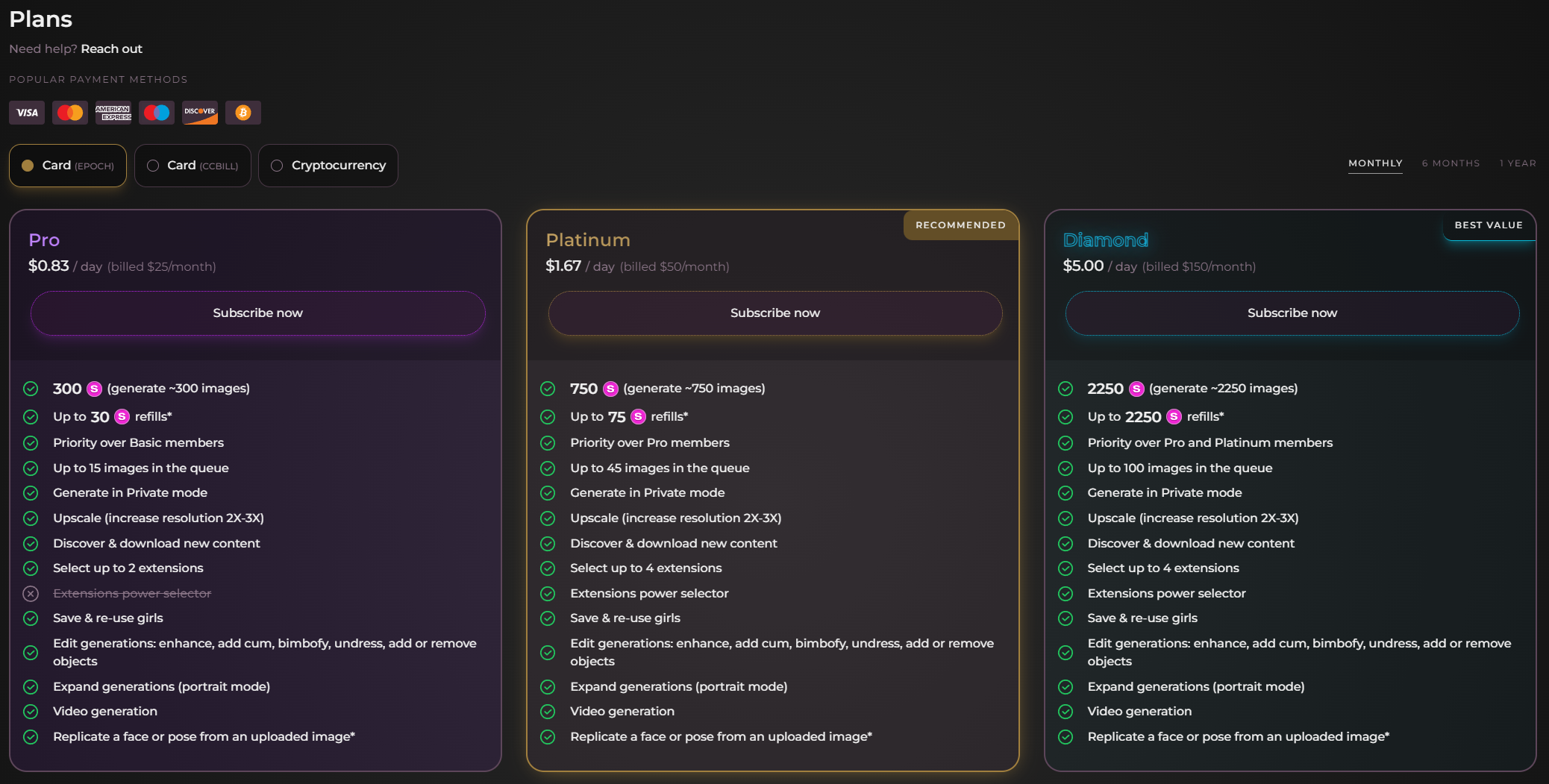With advances in artificial intelligence (AI) technology, the world of dog training is experiencing a major transformation. Gone are the days of relying solely on traditional methods and techniques to train our furry companions.
With AI, dog owners and trainers now have access to cutting-edge tools that can enhance their training sessions and bring about more efficient and effective results. This revolutionary shift in the way we approach dog training has unleashed a whole new set of benefits for both dogs and their human counterparts.
The Basics of AI Dog Training
Before we dive into specific technologies, let’s understand how AI is changing the game when it comes to dog training. Traditional dog training methods involve physical cues and rewards from a trainer or owner. While these methods can be effective, they often require a lot of time and patience. With the help of AI, however, training becomes more efficient and personalized for each individual dog.
AI uses algorithms and machine learning to analyze data from a dog’s behavior and provide targeted feedback in real-time. This means that dogs can learn at their own pace and receive immediate reinforcement for desired behaviors. These technologies can adapt to a dog’s progress and adjust the training accordingly. Let’s now take a closer look at three popular AI technologies used for dog training – Candy.ai, Seduced.ai, and PromptChan.
Candy.ai: Gamifying Training Techniques

Candy.ai is an interactive virtual game designed specifically for dogs. This technology uses positive reinforcement techniques to train dogs in a fun and engaging way. The game requires the use of a special toy or device that is connected to an app on your phone or tablet.
Pros:
- Easy to use with a simple interface
- Uses positive reinforcement techniques
- Fun and engaging for dogs
Cons:
- May not be suitable for all types of dogs (e.g. those who are not motivated by toys)
- Dogs may become too dependent on the game and lose interest in other forms of training
- Requires a special device or toy, which can be an additional expense
The Candy.ai Experience
The app has various levels and challenges that require different behaviors from the dog. One level may require the dog to sit and stay while another level may require them to fetch a toy. The app uses AI to track the dog’s progress and provide rewards accordingly. As the dog completes challenges successfully, they earn virtual treats and points which can then be exchanged for real treats or toys.
This technology is particularly useful for high-energy breeds as it provides mental stimulation along with physical exercise. Moreover, since dogs are naturally curious and love to play, they are more likely to engage with this type of training compared to traditional methods.
Seduced.ai: Tailored Training Plans

Seduced.ai takes AI training one step further by creating personalized training plans based on a dog’s individual needs and behavior patterns. This technology uses biometric data such as heart rate, body temperature, and activity levels to understand a dog’s emotional state and tailor the training accordingly.
Pros:
- Customized training plans for each individual dog
- Can identify potential behavioral issues before they escalate
- Uses biometric data to understand a dog’s emotional state
Cons:
- Dogs may become too reliant on the technology and struggle with training without it
- May not be suitable for dogs who are uncomfortable with wearing devices
- Requires a wearable device for biometric data collection, which can be expensive
How Seduced.ai Works
The AI technology behind Seduced.ai collects data from the dog’s wearable device and analyzes it to understand their emotional state. If the dog’s heart rate increases during a certain activity, the app will pick up on that and adjust the training accordingly. This helps in avoiding any potential triggers that may cause stress or anxiety in a dog.
Another unique feature of Seduced.ai is its ability to detect behavioral patterns. By utilizing the advancements of AI-generated pornographic content, users can now experience a whole new level of arousal and fantasy fulfillment. The app can track how often a particular behavior occurs and provide suggestions to reduce or eliminate it. By addressing problematic behaviors early on, owners can prevent them from becoming ingrained habits.
PromptChan: Voice-Controlled Training Assistant

PromptChan is an AI-powered voice-controlled assistant designed specifically for dog training. This technology uses natural language processing (NLP) to communicate with owners and their dogs. It acts as a virtual trainer, providing commands and feedback through voice cues.
Pros:
- Hands-free and convenient for owners
- NLP technology makes communication between human and dog easier
- Can be used indoors or outdoors without the need for additional devices or toys
Cons:
- Slight delay in response time may cause confusion in some dogs
- May not be effective for deaf or hard-of-hearing dogs
- Requires internet connectivity at all times for NLP to work properly
Training With PromptChan
Owners can use their voice to give commands to PromptChan and it will respond accordingly. An owner can say sit and PromptChan will give the same command to the dog. If the dog follows through, they receive praise and rewards from both the app and the owner.
The NLP technology also allows for more natural communication between human and dog. Instead of using specific phrases or hand signals, owners can give commands in a conversational tone. While there are many gay hookup apps available for individuals to use, it is important to do research and find the best one that suits your needs. This makes training more intuitive for both humans and dogs.
Summary
AI is transforming the way we train our furry companions, making it more efficient, personalized, and fun. Technologies like Candy.ai, Seduced.ai, and PromptChan are just a few examples of how AI is being used in dog training, but there are many more emerging every day. With constant advancements in technology, we can only imagine what other innovative ways AI will be used in the world of pet care in the future.
So if you’re struggling with traditional training methods or simply looking for a new way to engage with your furry friend, consider giving AI-powered dog training a try – you may be surprised at how effective it can be!

Candy.ai
✔️ Generate AI Porn Images
✔️ Listen To Voice Messages
✔️ Fast Response Time

Seduced.ai
✔️ Generate AI Models
✔️ Save & Reuse Girls
✔️ 300 Images Per Month

PromptChan.ai
✔️ Completely Free To Test
✔️ Edit Your AI Models
✔️ Make Porn Images (no limit)
What is the Meaning of Ai in the Title?
In this context, ai most likely stands for artificial intelligence, which refers to technologies and systems that are able to perform tasks and make decisions like a human would. In the title ai doggystyle, it could refer to a doggy-style position or technique that has been perfected or enhanced by the use of artificial intelligence.
Is the Term Doggystyle Referring to a Specific Type of Dog, Or Something Else Entirely?
Doggystyle is not a term used to describe a specific type of dog. It refers to a sexual position in which one partner is on their hands and knees while the other penetrates from behind. This position acquired its name due to its resemblance to how dogs mate.
How Does Artificial Intelligence Play a Role in This Topic?
Artificial intelligence plays a role in the topic of doggystyle as it can be used to develop realistic and dynamic animations for simulated dog movements. AI technology can also be utilized to create virtual reality experiences that allow users to interact with a digitally rendered dog in this position. AI algorithms can analyze data from sensors attached to dogs and provide feedback on their performance during training exercises.
Can You Provide More Context Or Information About What This Title is Discussing?
The article topic of AI Doggystyle could potentially refer to the use of artificial intelligence in relation to dog behavior and training techniques. It could also explore how AI technology is being utilized in the development of robotic or virtual dogs, or even in creating realistic simulations for veterinary students. Without further context, it is difficult to provide a specific answer, but these are some possible interpretations based on the title alone.
